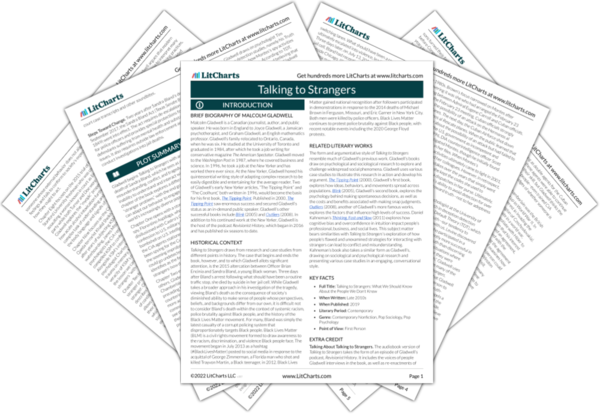Again, Gladwell shows that Brown had accumulated ample evidence that one of his colleagues was working as an informant for the Cuban government. Yet it’s not until the aftermath of the Hermanos al Rescate shoot down in 1996, which cost four people their lives, that he believes his suspicions warrant a careful investigation. If it was Montes’s involvement in the plan that made her appear “agitated” after receiving a phone call the evening after the shoot down, it’s logical to infer that she had exhibited other outward signs of deceit in the years before, yet these signs, as far as we know, went unnoticed.


